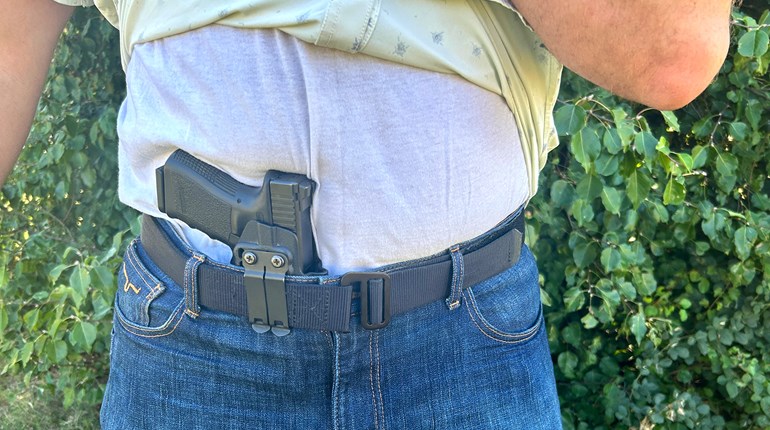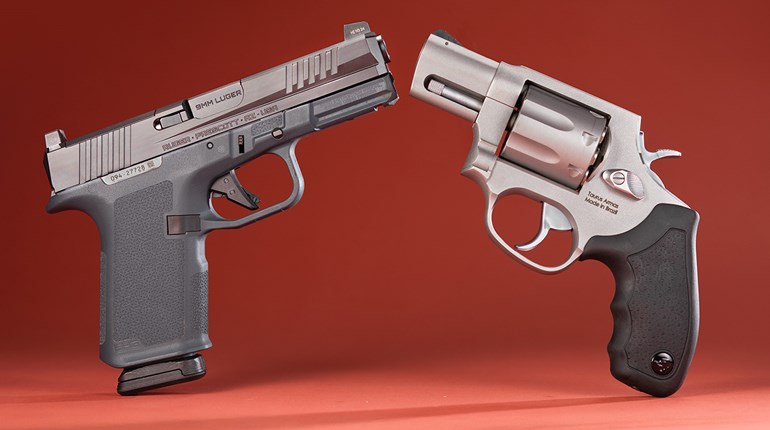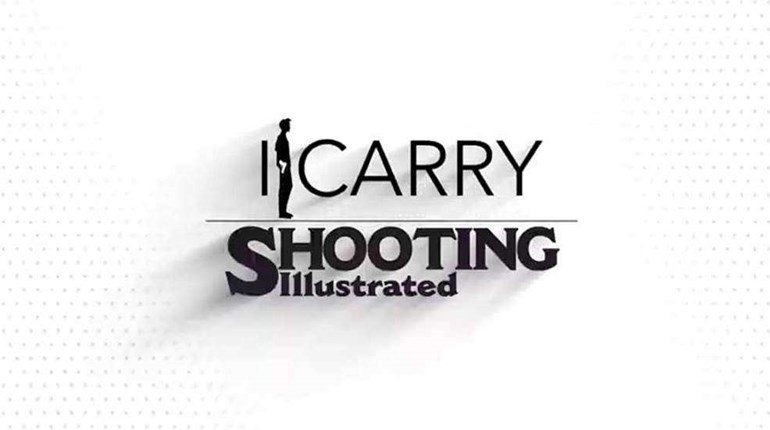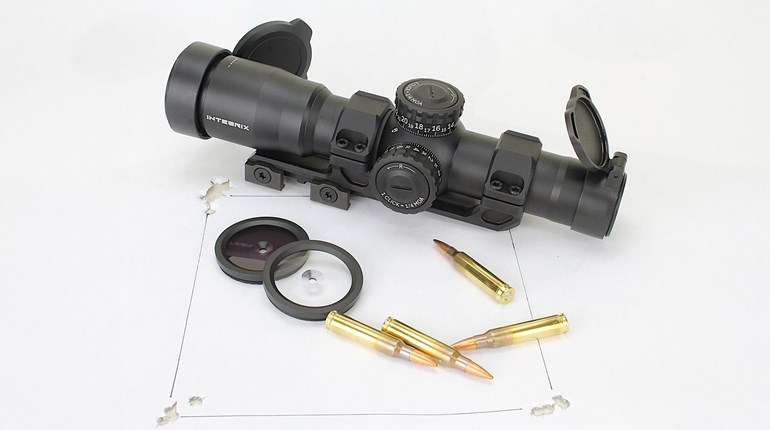
I teach a couple of online classes each month, and some of the more frequently asked questions I receive are “What is normal eye contact and if I feel threatened, should I make direct eye contact (stare back) with a stranger? If so, for how long?” That is a terrific question. In my research to best answer this question for my students, I have found that there are no “rules,” but only “guidelines” to help us understand the different interpretations of eye contact. I think the only real rule I have found thus far is that there is a difference between eye contact and staring. Eye contact shows engagement and interest, where staring is rude and even threatening.
As with many forms of nonverbal communication, varied cultures can play a part in eye contact practices. For example, the National Library of Medicine states that maintaining eye contact during social interaction is more important to Western Europeans than for East Asians. In fact, in Japanese culture, people are taught not to maintain eye contact with others because too much eye contact is often considered disrespectful.
Think about it: When you first meet someone, you look into their eyes because eye contact is an integral part of non-verbal as well as verbal communication. You have probably heard the saying that “The eyes are the windows to the soul.” This means, of course, that by looking into the eyes of a person one can see their hidden emotions, attitudes and thoughts. One can even go as far to say that a person’s honesty, intelligence, personality, decisions and mood are just parts of our human psyche that can be affected by different durations of eye contact.

Let us address the first question, “What is normal eye contact?” Science.org performed a study where the movement of participants eyes and the size of their pupils were recorded with eye-tracking technology. It found that the participants had a "preferred gaze duration" of 3.3 seconds. Inc.com found that people usually make more direct eye contact when talking one-to-one than when in groups. In groups, people tend to look directly at another person for about 3 to 5 seconds, but when one-to-one, this increases to 7 to 10 seconds before they glance away. Psychologist Alan Johnston and his colleagues at University College London performed a study with 400 volunteers who indicated their comfort level while watching video clips of actors who were looking directly at them for different lengths of time. On average, the volunteers were comfortable with 3.2 seconds of eye contact, but some were comfortable with a longer duration of eye contact if they felt the actors looked trustworthy as opposed to threatening. “Gaze conveys that you are an object of interest, and interest is linked to intention,” Johnston explained—so if someone appears threatening and holds your gaze, that could indicate that the person has bad intentions. This gives us a fairly good idea that 3-ish seconds is considered “normal” eye contact. I think it is safe to say that if you notice someone staring at you for longer than 10 seconds, contextually, this could be considered a stare of the creepy or aggressive variety. Staring can signal dominance or a threat, so if your intuition is on high alert, you need to pay attention.
Now let us address the second question, “If I feel threatened, should I make direct eye contact (stare back) with a stranger? If so, for how long?” This is a hard one to answer because context, available space, distance management and time play a huge part in this decision process.
Please understand that criminals live by a different set of rules then we do. To a psychopath, staring directly back at them can be challenging or even a sign of disrespect.
I am partial to keeping things simple. Consider making eye contact for approximately 3 seconds, smile or nod to show them that they have been noticed, and then hope your confidence and awareness has just deselected you from unwanted contact. I usually advise against staring back directly at the person, because in their world this may be considered a sign of aggression. You may have just given them the nonverbal permission they needed to approach you. If they do not look away once they KNOW you have seen them, they may actually WANT you to notice that they are staring because intimidation is a part of their attack cycle. If that is the case, violence may be imminent, and your pre-need nonlethal, less-than-lethal and lethal decision should already be in place.
Balancing the risk of catching a criminal’s gaze with its repercussions versus the reward of deselection can be tricky, so practice the time signatures, seeing “more” in your peripheral vison and gathering as much information as possible in 3 seconds so you can be ready sooner.



































